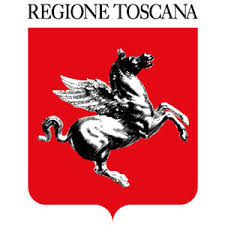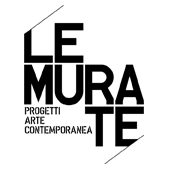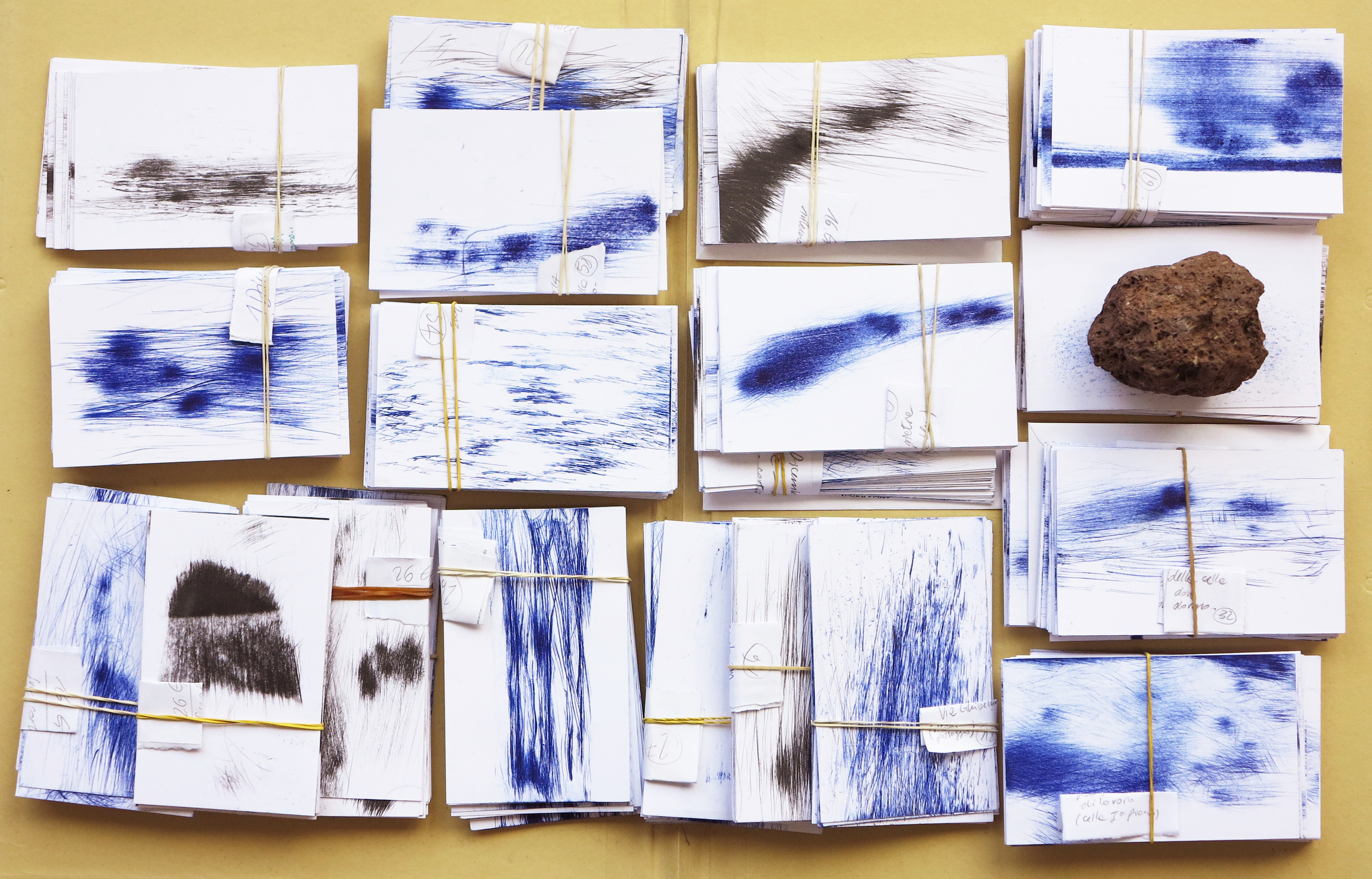Audio Installation for the spaces of the old hard prison of Murate of Florence. By Valeria Muledda for STUDIOVUOTO – An architecture studio which doesn’t build
In collaboration with Tempo Reale (Francesco Casciaro) with the support of: Mus.e, STUDIOVUOTO, RFK Center Europe Curated by Valentina Gensini
Nuclei (Vitali) is the title of the audio installation created by Valeria Muledda for the new artistic centre Le Murate. Contemporary Art Projects. The aim and the site specific of this are linked to 6 months of artistic residence and addressed to the hard prison. In fact, this prison was the strictest detention area of the 19th and 20th Century. Since the transformation of the convent into a men’s jail during the 19th Century, Le Murate has been a penitentiary that held in its cells authentic examples of freedom and protagonists of some decisive episodes in Italian and Florentine history, such as Gaestano Salvemini, Nello Rosselli, Carlo L. Ragghianti, Tosca Bucarelli, Anna Maria Enriques Agnoletti, Orsola Biasutti, Enrica Calabresi, Nathan Cassuto, Aldo Braibanti, Guido Calogero, Aldo Capitini, Oreste Ristori, Tristano Codignola, and Carlo Levi. But they are only some names that lived in these cells until 1983, when the Murate prison was closed and its prisoners moved away from the city to the new penal institution of Solliciano as a result of the penal legislative reform (1975) and the Gozzini’s law (1986). The installation, which takes place in 12 cells on the third floor, contains and divides in the space 20 hours of audio material through old equipment. The project is composed of 6 parts: an anthology of direct and indirect stories related to the Murate jail and to his historical urban context which influenced its identity and the citizens’ perception; audio recordings connected with these physical spaces; stories and recordings from the learned milieu of the new prison of Sollicciano; the description of the vital and architectural space of the cells and the prisons through the eyes of an Italian detainee in the last 25 years of his life; cellular elaborations of the environmental recorded sounds; a selection of 590 stones from the Murate (one for each year, from the foundation in 1424 until today) made using the technique of stone rubbings. The 590 tracks of this archive are the real sound part of the whole work of art. The choice of the name (Vital) Cores is explained by the artist in this way: “The Italian language calls “core” the central and thickest part of the cellular (diminutive of the Latin word cella, little room) the unit at the basis of each organism considered as the smallest living structure. The project “Nuclei (Vitali) calls the space of the cells of the hard prison of Le Murate with this expression of life and movement, focusing on this place the soul of the whole penitentiary center. Nuclei (Vitali) has been made possible through the collaboration of: Educational Department of Sollicciano prison, Arts and Show department of BNCF, l’associazione Altro Diritto, l’Ateneo Libertario di Firenze, Giovanni Azzurro, Barbara Bacci, Ennio Bazzoni, Alessandro Bellucci, Liliana Benvenuti “Angela”, Valerio Biscalkin, Sandra Brigida, Oreste Cacurri, Pamela Calamai, Francesco Casciaro, Raffaele Catuogno, Marisa Cecchi, Sofia Ciufoletti, Marcello Citano “Sugo”, Giulio Consigli, la Comunità di Ricorboli, Roberto Cossi, Franco Corleone, Francesco D’Ausilio, Pietro Demontis, la Fondazione Giovanni Michelucci, Natale Fosco, Valentina Gensini, Alessandro Giobbi, Francesco Giomi, Giampaolo Ietro, il Laboratorio “16 sbarre” CAT – IPM Firenze, Camilla Lastrucci, Giovanna Lori Geddes, Camilla Macchi, Corrado Marcetti, Alessandro Margara, Giada Margheri, Maria Antonietta Marletta, Umberto Mattei, Gabriele Mattioli, Vittorio Meoni “Sosso”, Lucia Meoni, Simonetta Michelotti, Vincenzo Mordini, Vida Mokhtari, l’associazione Mus.e, le Musiquorum, Lorenzo Niccolai Napoli, Raffaele Palmisano, Roberto Perotti, all prisoner meting in the Sollicciano Prison, Mario Pittalis, Gianfranco Politi, Alessandra Povia, il RFK Center Europe, Maurizio Romani, Enrico Rossi, Giorgio Sacchetti, Linda Salvadori, Alessandro Sardelli, SuperN*, l’associazione Tempo Reale, Stefano Tocci, Sabrina Tosi Cambini, Michele Verrengia, Italo Zanda. Il progetto è stato finanziato nell’ambito di Toscanaincontemporanea2013 

